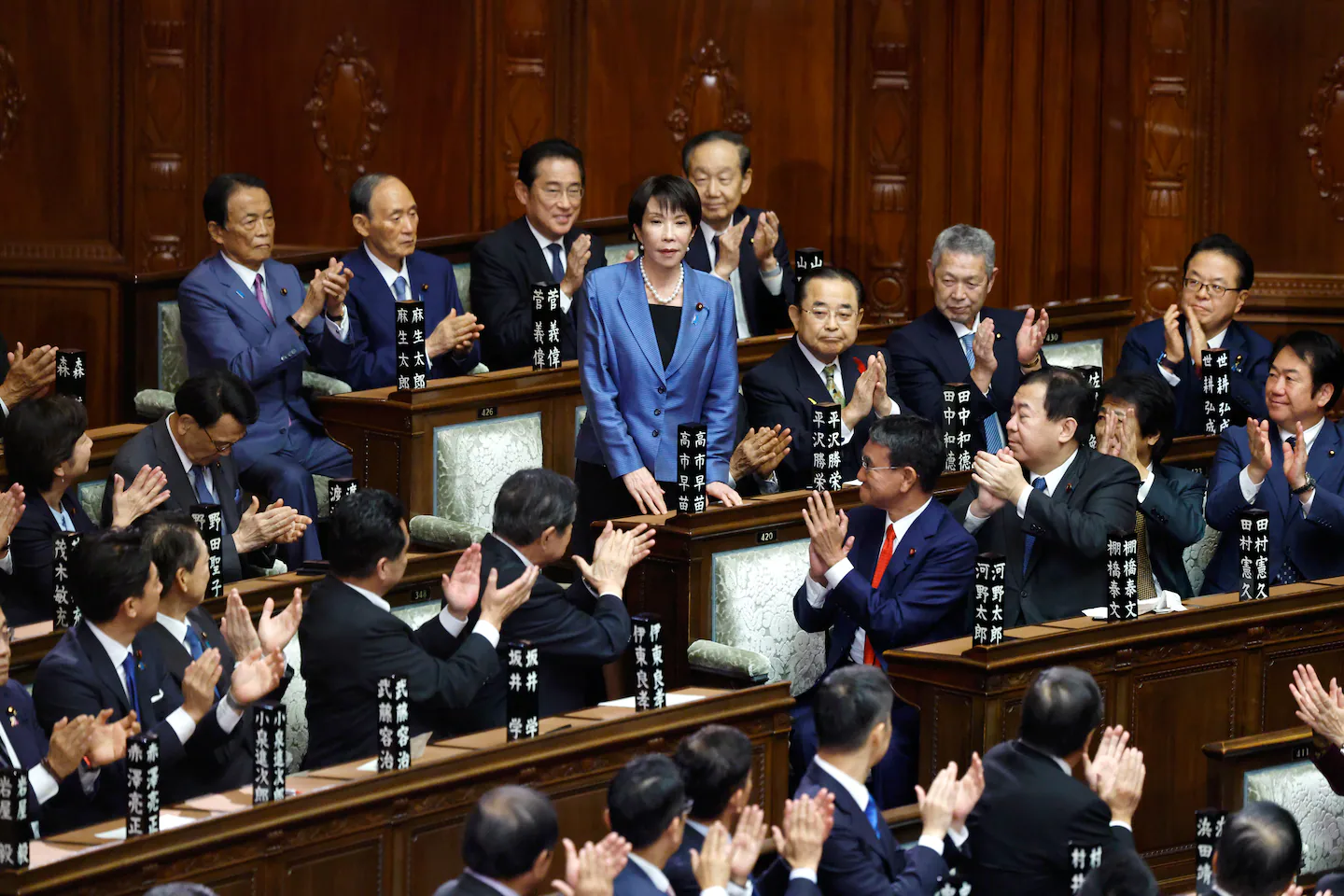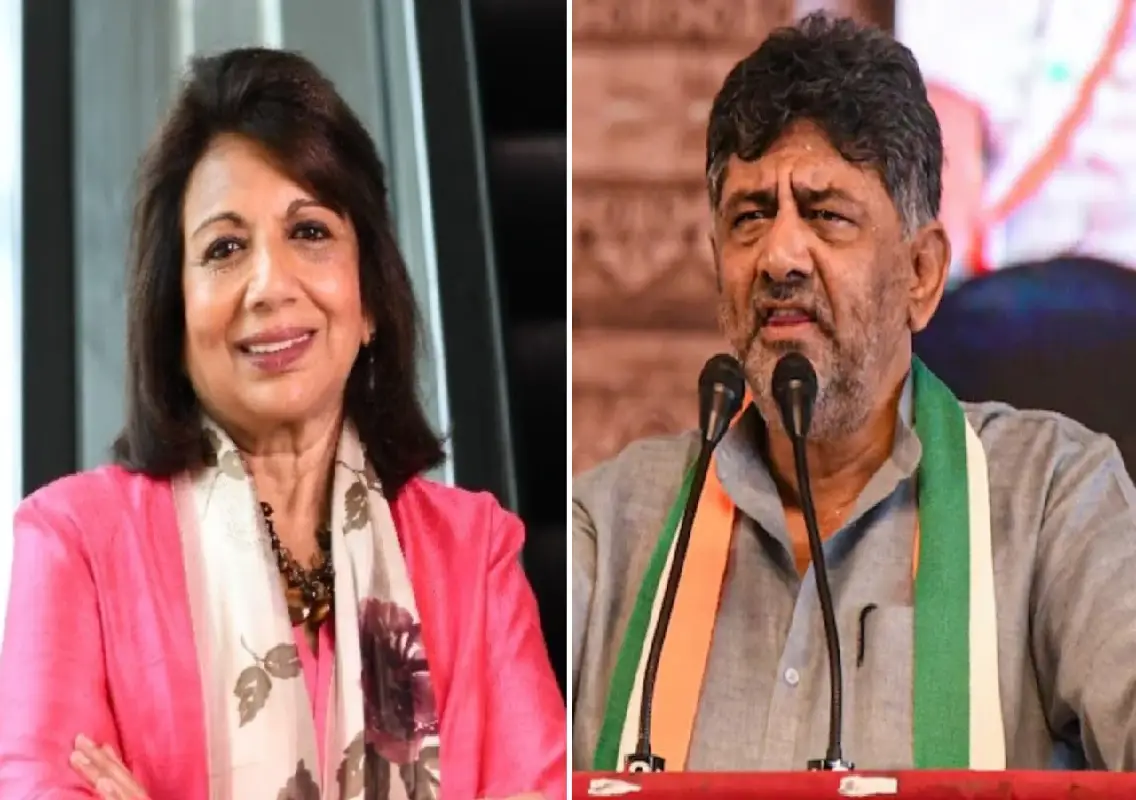Copyright The Boston Globe

Takaichi, 64, who grew up near the ancient Japanese capital of Nara, defies easy labels. She once spoke bluntly about the challenges of working in politics as a woman in Japan, yet she is now the leader of the traditionalist, male-dominated Liberal Democratic Party. She has expressed concern about Japan’s reliance on the United States but has also said she hopes to work closely with President Trump. She is an amateur drummer who idolizes Iron Maiden and Deep Purple, yet she also wears blue suits to pay homage to her other hero, former British prime minister Margaret Thatcher. Takaichi, a protege of Shinzo Abe, Japan’s longest-serving prime minister, who was assassinated in 2022, is expected to move Japan further to the right, responding to a recent populist wave that bears some similarities to Trump’s MAGA movement. She has embraced hawkish policies on China; pushed the message that “Japan is back”; played down Japan’s atrocities during World War II; and promised to more strictly regulate immigration and tourism. “She wants to make Japan strong and prosperous for the people of Japan and for the world,” said Yoshiko Sakurai, a prominent journalist and activist who has supported Takaichi. “She is open to the outside world. But she also understands that we have to be really good Japanese. We have to know our own culture, traditions, philosophy, and history.” Takaichi will face her biggest test yet as she deals with fresh uncertainty about Japan’s military and economic alliance with the United States. She is expected to meet next week in Tokyo with Trump, who has rattled Japanese officials with tariffs and suggestions that the country should pay more for the presence of US troops in the region. While many Japanese politicians come from wealthy, elite circles, Takaichi grew up in humble circumstances in Nara prefecture, an area teeming with temples, shrines, dense forests, and rolling green hills. Her mother worked for the police department, and her father worked at a car parts maker. Motoko Shimada, a childhood friend of Takaichi’s, recalled her pigtailed classmate sharing homemade onigiri, or rice balls, and rolled omelets with students who had forgotten their lunchboxes on a school trip. “She was very smiley and very reserved,” Shimada said. “She didn’t have this strong-woman image. But she was able to notice when someone was not blending in well or struggling, and she was able to help them.” From a young age, Takaichi seemed aware of the pressures facing Japanese women. Her mother told her to be a “crimson rose,” Takaichi recalled in a 2024 biography by Eiji Ohshita, asking her to “retain feminine grace while possessing the thorns to confront wrongdoing.” Her parents pressured her to attend Kobe University, a state school about 50 miles northwest of her hometown, even though she had won admission to elite private institutions in Tokyo. They felt their daughter did not need a university education because she was a girl, Takaichi has said in interviews, and they wanted to save up to support her younger brother. (Takaichi declined, through a representative, to be interviewed for this article.) After graduation, Takaichi attended the Matsushita Institute of Government and Management, a renowned training ground for young politicians and business leaders. In the late 1980s, she took an interest in the United States, Japan’s chief economic competitor at the time, securing an internship in the office of then-Representative Patricia Schroeder, an ardent feminist from Colorado. When she returned to Japan, Takaichi worked as an author and a television personality, developing a reputation as a pugnacious debater. In 1993, she began her political career, winning election to parliament as an independent from Nara on a platform of political reform. Her father put his retirement savings toward her campaign. In the Diet, Japan’s parliament, Takaichi soon discovered the isolation of being a woman in politics. Her male colleagues were sometimes dismissive, she recalled, and they often conducted business at saunas and social clubs, where it wasn’t feasible to meet with female lawmakers. “It’s really difficult for a woman to meet a man one-on-one,” she told the Associated Press in 1993. “People are watching, and I don’t want some strange scandal being invented. We can’t use the hours after 5 p.m.” During her early years in parliament, she forged an enduring alliance with Abe, a lawmaker from an elite family with a nationalistic worldview. The two found common ground on issues including increasing military spending and adding a more patriotic tone to history textbooks. When Abe was elected to his first stint as prime minister in 2006, he appointed Takaichi to his Cabinet, making her one of the most visible women in Japanese politics. He reappointed her in 2012, at the beginning of his second term, which lasted eight years. She became a fierce defender of his policies, including efforts to revise Japan’s Constitution to unfetter its military after decades of postwar pacifism, and his economic program, which emphasized cheap cash and government stimulus efforts. Takaichi tried to persuade Abe to run again in 2021, but he declined. When she entered the race, he threw his support behind her. “Ms. Takaichi is the true star of the conservatives,” Abe said at the time. She lost that race and fell short in another bid in 2024. When Abe was assassinated outside a train station in Nara, while giving a stump speech, Takaichi was devastated. She said at the time that she had “never felt so physically and mentally down.” “I have to work very hard from today,” she wrote on social media, “otherwise I’d have to apologize to him.”



